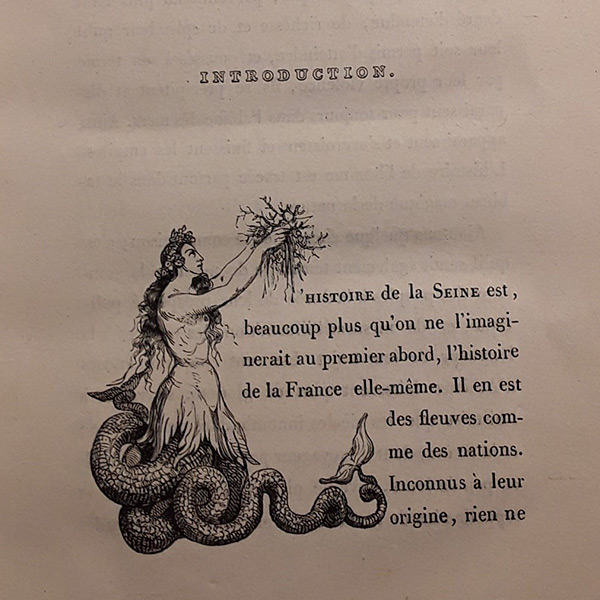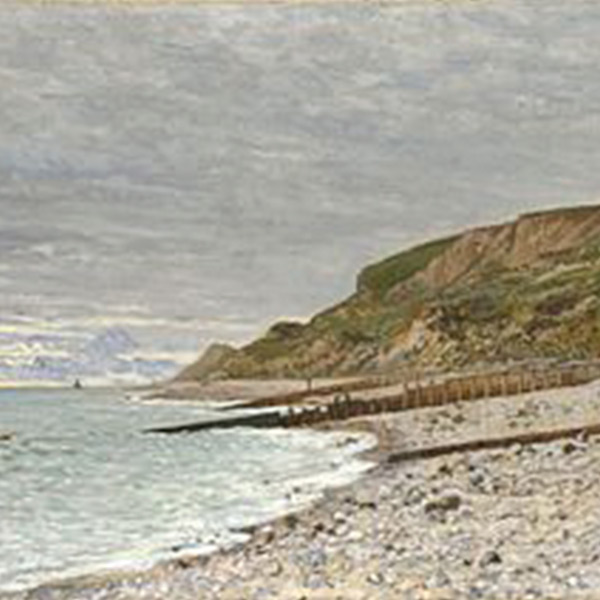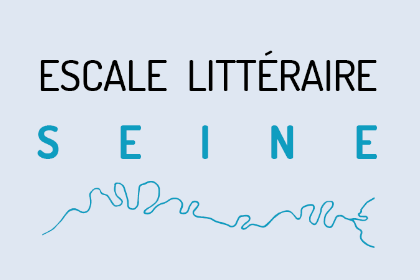Le Havre - La Hève
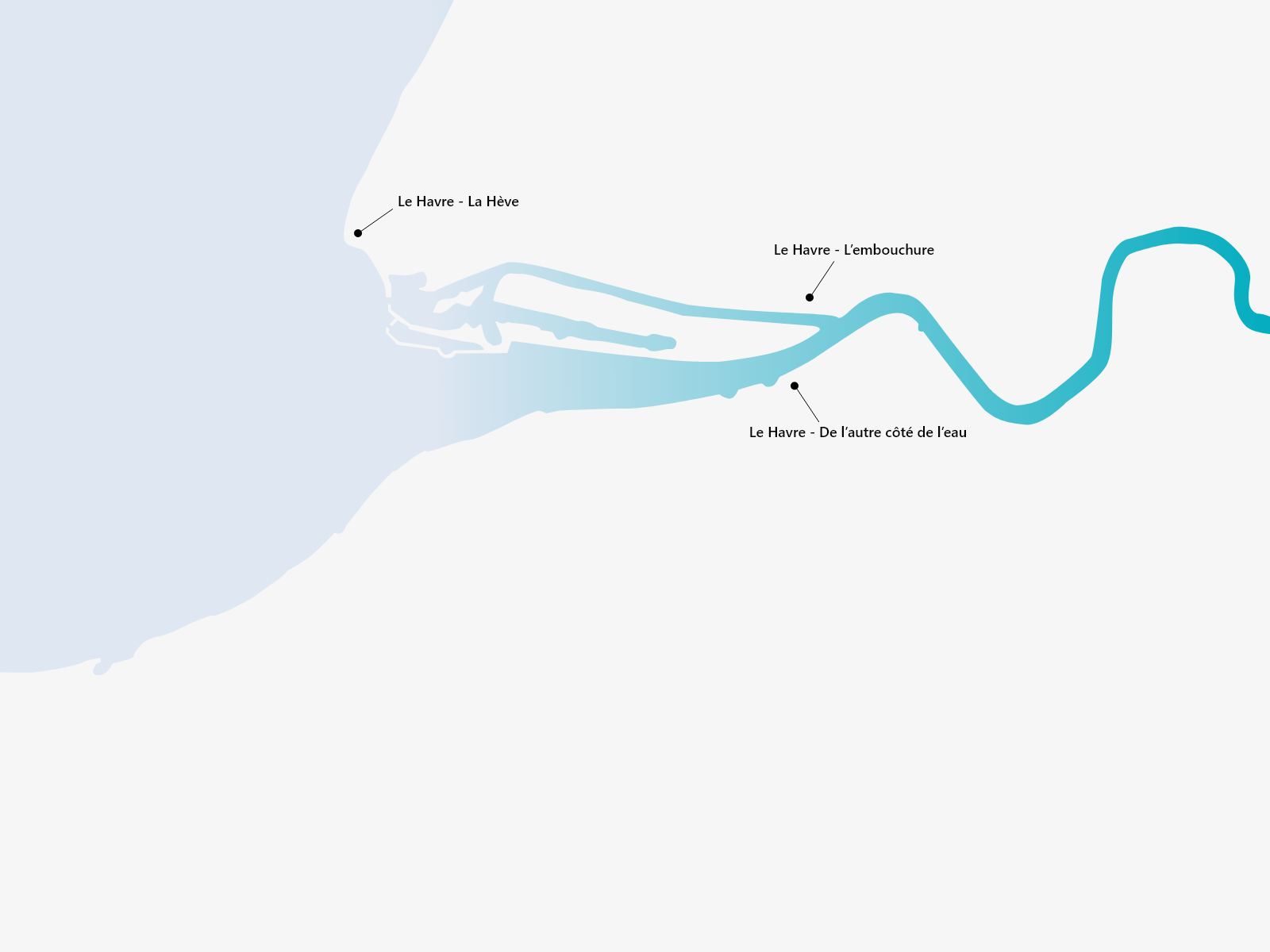
It is because of the river, and the spot where it reaches the sea, that King Francis I chose Le Havre as the place to found his town in 1517. The city was born from its link to the Seine. However, the inhabitants see their city as more of a seaside town than a riverside one. Does one feel like an inhabitant of the river Seine when one lives in Le Havre? Perhaps they mostly feel like residents of the estuary. The river Seine reaches the sea at two different spots in Le Havre, first in the east, where it flows into the town, and then to the west, where it leaves and runs into the Channel. The port, the cove and the docks form a kind of immobile in-between space between these two opposite locations. One must go “de l’autre côté de l’eau” (meaning, “to the other side of the water”), as the inhabitants of Le Havre say, in the former Basse-Normandie, to see the city from a distance and the two bodies of water colliding.
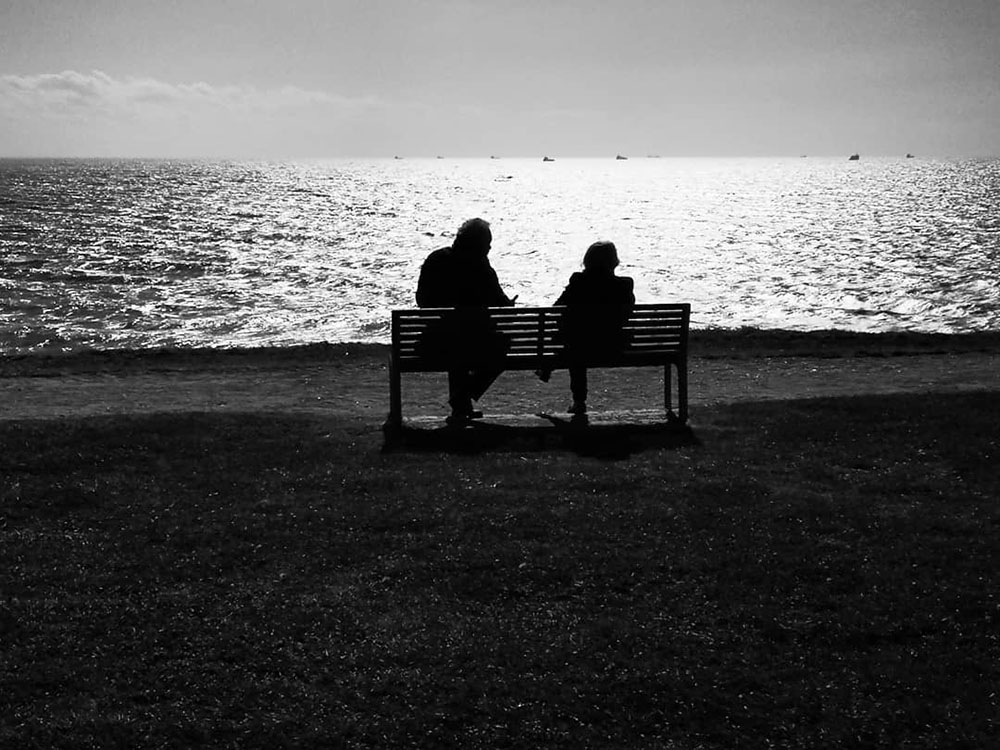 « Maintenant le grand fleuve va se perdre dans une immensité solennelle » Charles Nodier © F. Guillotte
« Maintenant le grand fleuve va se perdre dans une immensité solennelle » Charles Nodier © F. Guillotte

